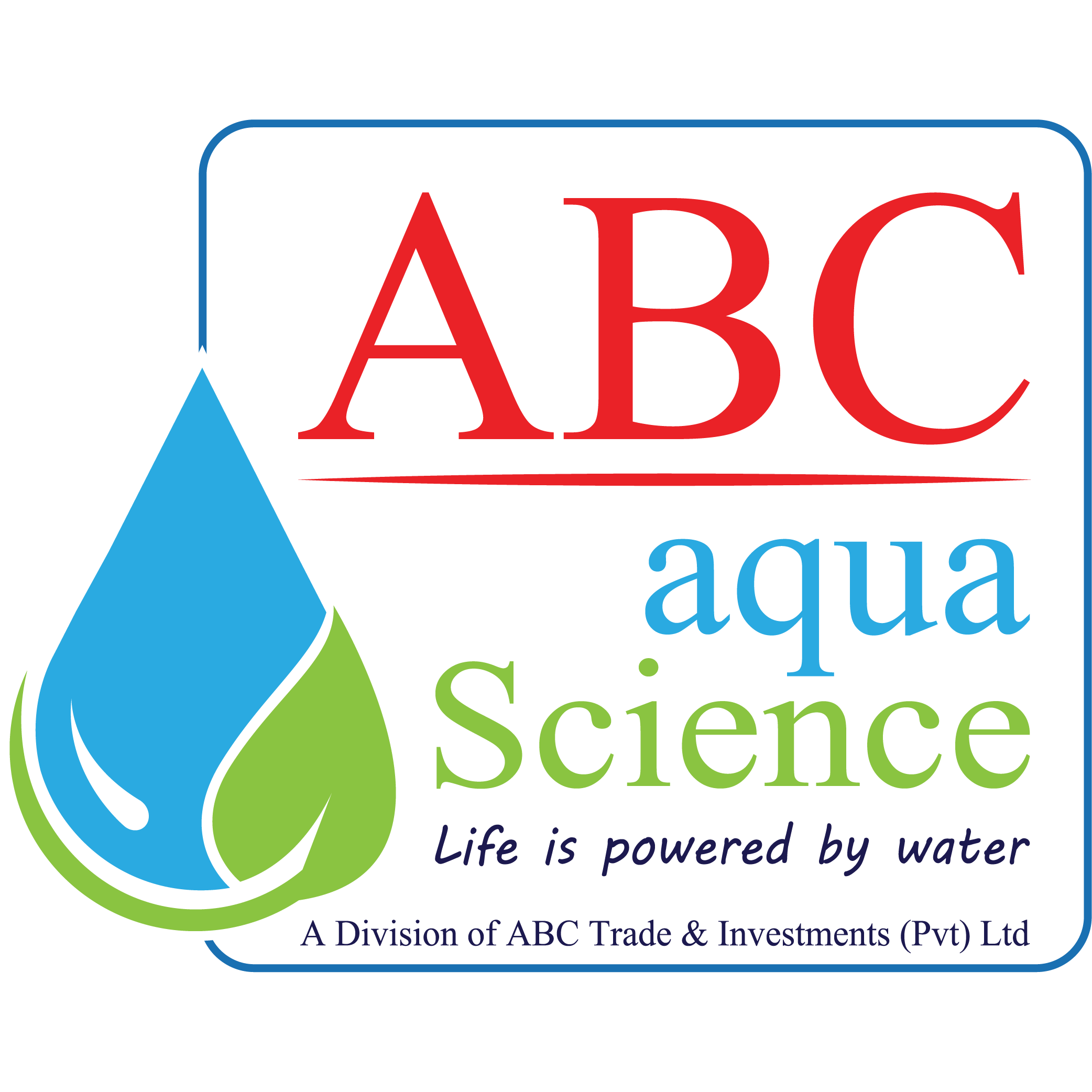Sri Lanka’s Water Purification and Treatment Industry: A Flowing Landscape of Trends
Sri Lanka, the resplendent island nation, boasts a vibrant water landscape. However, ensuring access to clean and safe water for its growing population poses a significant challenge. This is where the water purification and treatment industry steps in, playing a crucial role in safeguarding public health and environmental well-being. Today, this industry is undergoing a transformation, driven by evolving trends and promising opportunities.
Rising Demand for Safe Water:
At the forefront lies the ever-increasing demand for safe drinking water. Sri Lanka’s growing population, coupled with concerns about water quality due to factors like industrial pollution and agricultural runoff, aggravates demand. This has led to a surge in the adoption of water purification systems, both at the household and industrial levels. Reverse osmosis (RO) technology remains dominant, but innovative solutions like ultraviolet (UV) disinfection and gravity-based filters and conventional water treatment are gaining attraction, particularly in rural areas.
Tech-Driven Advancements:
Technology is revolutionizing the water purification landscape. Smart water purification systems with real-time monitoring and automated processes are becoming increasingly popular. These systems offer convenience, efficiency, and valuable insights into water quality, empowering users to make informed decisions. Additionally, the Internet of Things (IoT) is enabling remote monitoring and control of water treatment plants, optimizing operations and reducing costs.
Sustainability Takes Center Stage:
Sustainability is no longer a fringe concern; it’s a driving force in the industry. Consumers are increasingly opting for eco-friendly water purification solutions that minimize waste and energy consumption. This has led to the development of water filters with longer lifespans, recyclable materials, and energy-efficient technologies. Additionally, wastewater treatment technologies are improving, with a focus on resource recovery and reuse.
Government Initiatives and Regulations:
The Sri Lankan government plays a crucial role in shaping the industry’s trajectory. Initiatives like the National Water Supply and Drainage Board’s (NWSDB) expansion of piped water supply and stake holder supported water quality improvement are driving market growth. Additionally, government support for research and development in water purification technologies is fostering innovation.
Focus on Rural Communities:
While urban areas have shown significant progress in water purification, rural communities often lag behind. This presents a significant opportunity for the industry to address the unexplored needs of these populations. Affordable, low-maintenance, and community-managed solutions are crucial for ensuring equitable access to safe water across the nation.
Challenges and Opportunities:
Despite the positive trends, challenges remain. Affordability, particularly for advanced technologies, and access to spare parts and maintenance services can hinder wider applications. Additionally, raising awareness about the importance of water purification and responsible water usage is crucial for long-term sustainability.
However, these challenges are also opportunities. The industry can address affordability through innovative financing models and localized manufacturing. Building capacity for local services and maintenance can create jobs and empower communities. Furthermore, robust educational and awareness campaigns can promote responsible water use and encourage investment in purification solutions.
Conclusion:
Sri Lanka’s water purification and treatment industry is on a dynamic journey. Fueled by rising demand, technological advancements, and a growing focus on sustainability. This sector holds immense potential to ensure a future where everyone has access to clean and safe water. By addressing the challenges and seizing the opportunities, the industry can play a vital role in shaping a healthier, more sustainable future for Sri Lanka.
- Published in Uncategorized
